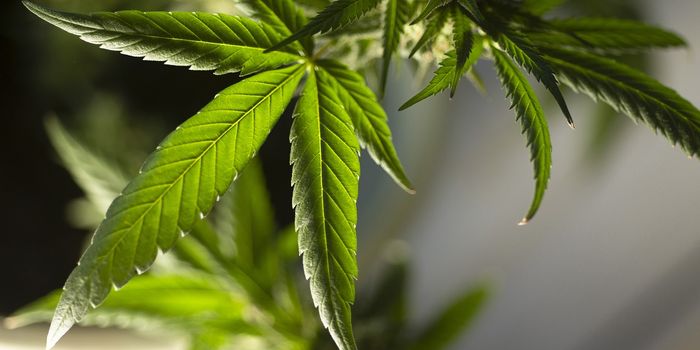When Septic Shock Becomes Deadly
Sepsis is the tenth most common cause of death in the United States, but most of those deaths aren’t directly due to the effects of sepsis. Rather, death is a result of secondary infections that take advantage of a “distracted” immune system during sepsis. In a new study from the University of Iowa, scientists pick apart exactly what happens during sepsis that prevents the immune system from effectively protecting the body.
What is sepsis?
Sepsis is what happens when an infection reaches the bloodstream, and pathogens begin to circulate all over the body, attracting the attention of the entire immune system. This triggers a dangerously enormous immune response, and can lead to septic shock – a drastic drop in blood pressure followed by heart failure, stroke, and other severe organ damage.
Sepsis and the heart
Multiple studies in the past several decades have investigated myocardial depression during sepsis, a series of negative effects on the heart’s muscle cells that occur during the systemic immune response to pathogens in the blood. While there has yet to be conclusive evidence fully explaining what happens to the heart during sepsis, researchers have observed impaired function in the left ventricle, decreased contractility, and impaired myocardial compliance.
The research
From past studies, University of Iowa researchers knew that sepsis reduces the amount and suppresses the function of memory T cells in the circulation. Memory T cells “remember” pathogens they’ve encountered before and warn effector immune cells of their presence. Now scientists wanted to know if sepsis has the same effect on tissue-resident memory T cells (TRMs), which, as their name suggests, stay out of the circulation and remain at their “home base” – tissues that are prone to infection, like the skin.
The new study began with mice models of sepsis, infected with bacteria to mimic what happens in the human body during sepsis. Researchers manually stimulated production of TRMs in the skin and watched what happen during sepsis.
They found that while sepsis did not negatively impact the levels and function of TRMs in the skin like it does with circulating memory T cells, there was one catch: TRMs were less effective at warning B cells and other T cells of the presence of pathogens and recruiting them to the scene of the crime. The molecular reason? During sepsis, interferons don’t work like they should, and they’re vital for cell-to-cell communication in the immune system.
Going forward
University of Iowa scientists still have a few questions about sepsis, the immune system, and the open window of vulnerability that lets secondary infections settle in and pose major threats. For example, do these effects last long-term or only temporarily? Depending on whether the present study’s results are translatable to human studies, researchers might know a lot more in the near future.
The present study was published in the journal PLOS Pathogens.
Sources: Circulation, PLOS, HealthLine, Cardiff University









